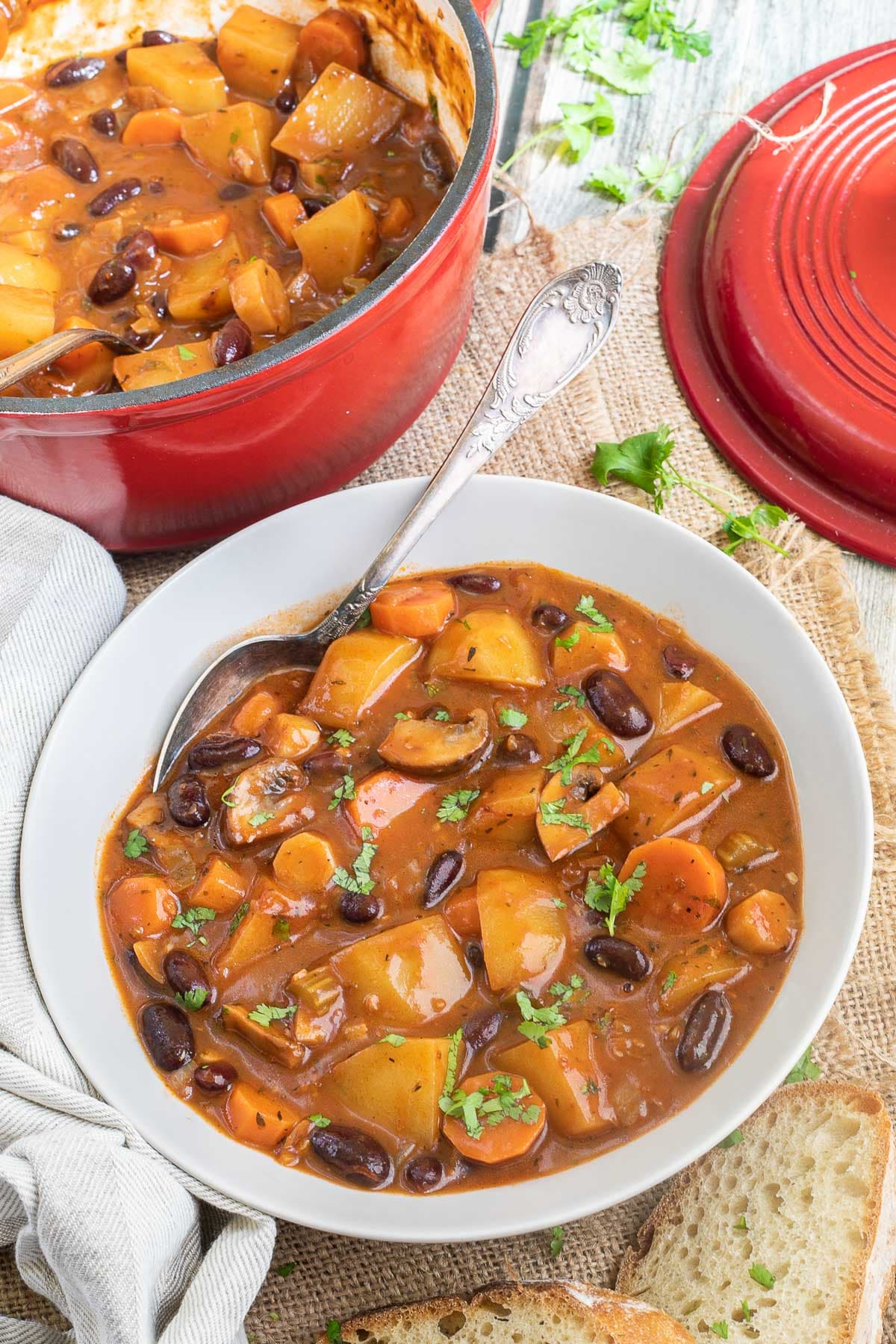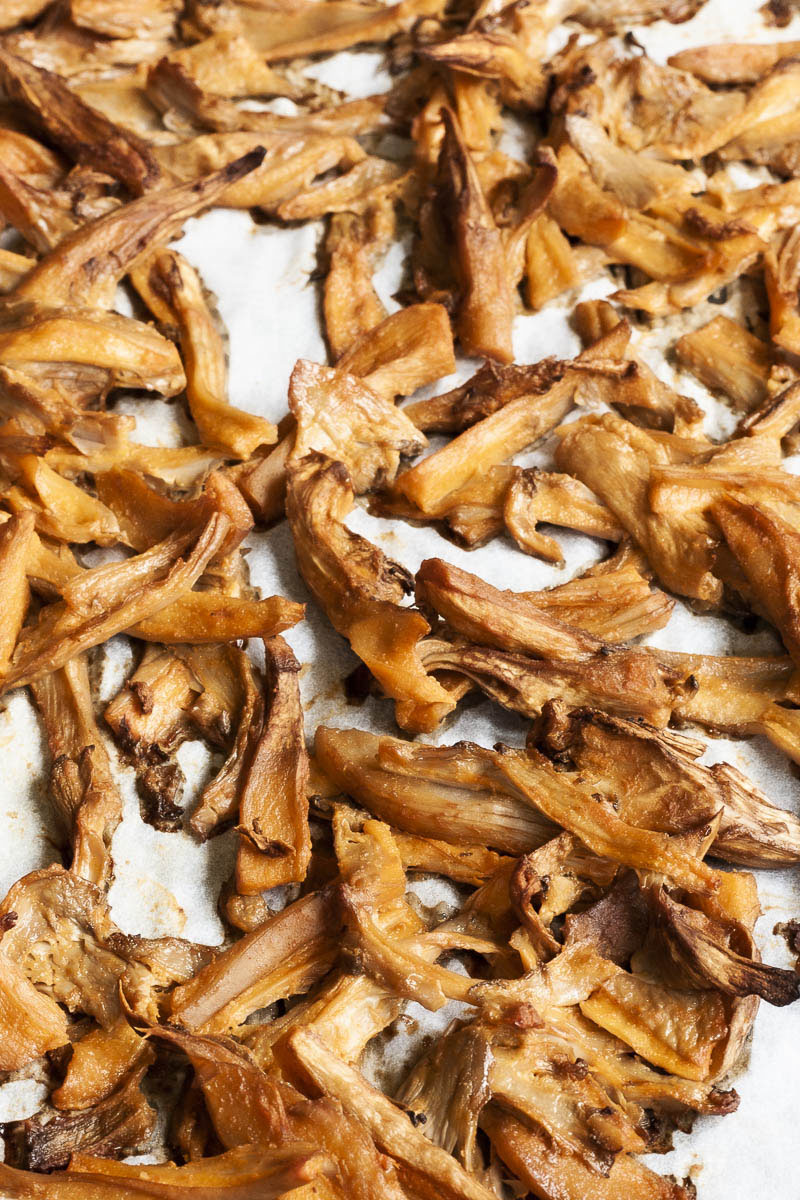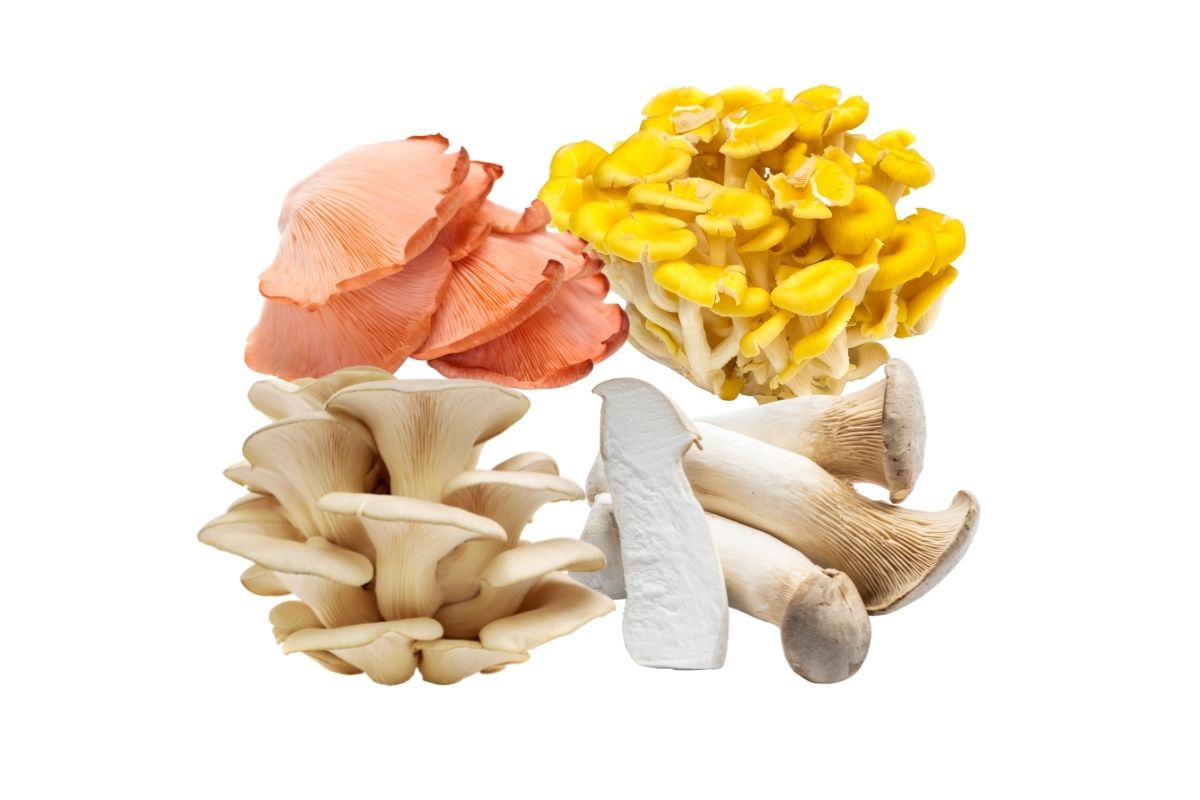New Data Shows Americans Confuse Homemade With Healthy
Americans overwhelmingly believe that cooking at home equals eating healthy. While home cooking may boost confidence, it doesn’t always translate into better nutrition. A recent Pew Research Center survey found that people who cook daily are more likely to...

By Nandor Barta on 10/20/2025 - May contain affiliate links. Please read our disclosure.
 Photo credit: Unsplash+ License.
Photo credit: Unsplash+ License.
Americans overwhelmingly believe that cooking at home equals eating healthy. While home cooking may boost confidence, it doesn’t always translate into better nutrition.
A recent Pew Research Center survey found that people who cook daily are more likely to describe their diets as healthy: 29% say their diets are “very healthy” and 58% “somewhat healthy,” compared with just 12% who say “very healthy” among those who cook less often.
In contrast, Americans who order takeout or delivery most frequently report less healthy diets. About one-third of adults who order in several times a week say their diets are “not too” or “not at all” healthy.
But what counts as a “home-cooked meal”? For some, it may be a pot of vegetable stew, for others, it may be a boxed mac and cheese or frozen pizza.
 Photo credit: Nandor Barta, My Pure Plants.
Photo credit: Nandor Barta, My Pure Plants.
Knowing What’s Healthy Is Half the Battle
The Pew study also found that only about half of Americans feel highly confident they know which foods are healthy.
This confidence rises with education. 60% of those with postgraduate degrees say they understand what’s healthy, compared with 42% of those with a high school education or less.
And this confidence strongly shapes perception. One-third of those sure about their food knowledge consider their diets very healthy, while more than half of those unsure admit their diets are not healthy at all.
Even so, overall understanding of nutrition is slowly but steadily increasing over the years. International Food Information Council (IFIC), which has tracked public awareness for over a decade, shows a modest improvement.
In the 2009, just 3% of Americans said they knew “a lot” about the Dietary Guidelines for Americans and 20% knew “a fair amount.” By 2025, those numbers in the latest Food & Health Survey rose to 7% and 37%. The increase may seem low, but still it is going in the right direction.
The same survey also reported that only 20% of Americans eat the recommended amount of fruit, and just 22% reach the target for vegetables, showing that raising awareness doesn’t always lead to action.
One way to close that gap is by sneaking vegetables into familiar dishes. Hidden-veggie meals, like pasta sauces blended with carrots, cauliflower mashed into potatoes, or brownies made with zucchini, have become a popular workaround. These recipes make it easier to add nutrients without changing flavor or routine.
 Photo credit: Nandor Barta, My Pure Plants.
Photo credit: Nandor Barta, My Pure Plants.
Taste, Rising Costs and Access Wins Over Health
For most Americans, taste still outweighs nutrition and drive daily choices. The Pew study found that 83% of adults rank taste as a top priority when deciding what to eat, while only 52% give the same weight to healthiness.
Economic pressure also shapes how Americans eat. Nearly seven in ten say rising prices have made it more difficult to eat healthy, and 90% believe nutritious food has become more expensive in recent years.
The divide is especially stark between income groups: 77% of lower-income adults feel priced out of healthy options compared with 54% of higher-income earners. For many households, budget now dictates diet more than intention.
Last, but not least, while 65% of Americans say it’s easy to find healthy food nearby, that access is not universal. Availability often depends on geography and income, with rural areas and low-income neighborhoods reporting fewer options.
Convenience Comes With a Price
Datassential’s latest food and beverage trend report revelead that nearly three in four consumers have become more aware or concerned about ultra-processed foods over the past year.
This aligns with findings of IFIC, which reports that four in ten Americans now know what “ultra-processed” means. It is a 12-point increase from last year.
Katherine D. McManus, MS, RD, LDN outlined in a Harvard Medical School guide how foods range from minimally processed to ultra-processed.
An apple, for example, is minimally processed, while apple juice is considered processed. Apple pie falls into the ultra-processed category—especially the store-bought kind, which often includes enriched bleached flour, hydrogenated oils, and preservatives. A homemade crust, however, can be far simpler, using basic ingredients such as oat flour, nut meal, and maple syrup.
Still, awareness doesn’t always translate into action. While 80% of Americans say they consider how processed a food is before buying it, four in ten admit they don’t actually avoid processed products.
Reader Interactions
This site uses Akismet to reduce spam. Learn how your comment data is processed.

 ValVades
ValVades 































